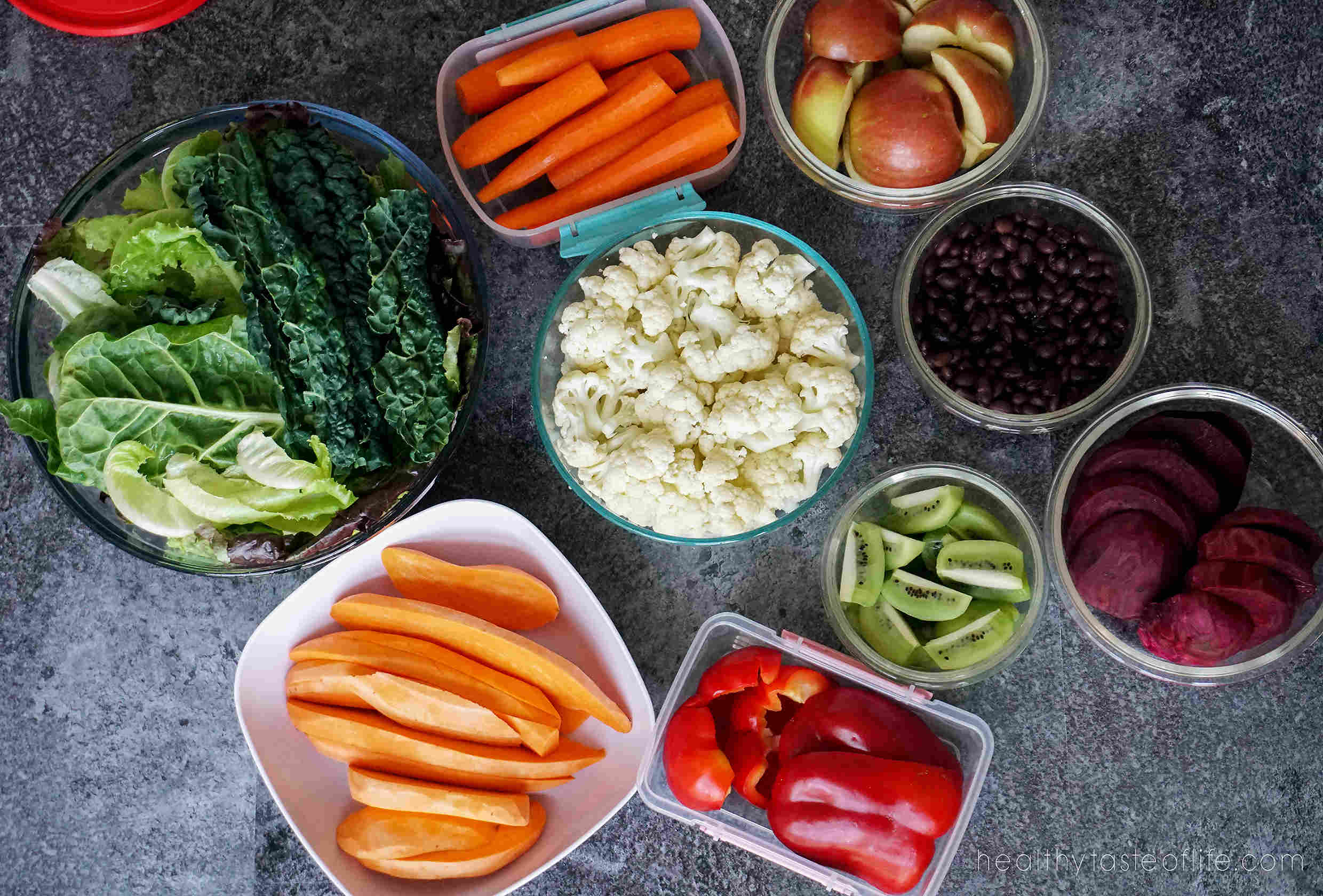

Articles
How To Store Prepped Veggies
Modified: October 20, 2024
Learn the best tips and tricks for storing prepped veggies in this informative article. Keep your produce fresh and ready to use with these expert techniques.
(Many of the links in this article redirect to a specific reviewed product. Your purchase of these products through affiliate links helps to generate commission for Storables.com, at no extra cost. Learn more)
Introduction
Properly storing prepped vegetables is crucial in order to maintain their freshness, taste, and nutritional value. Whether you’re planning to use them for cooking, salads, or snacking, knowing the right storage methods can make a world of difference in preserving their quality.
When vegetables are not stored correctly, they can spoil quickly, resulting in food waste and the loss of essential nutrients. Additionally, improper storage can lead to a loss of texture and flavor, making the vegetables less enjoyable to consume.
This article will guide you through the basic principles of storing prepped veggies and provide tips on choosing the right containers and storage methods for different types of vegetables. By following these guidelines, you will be able to maximize the freshness and longevity of your prepped vegetables, making them readily available for your culinary creations.
Key Takeaways:
- Properly storing prepped vegetables is crucial for maintaining their freshness, taste, and nutritional value. By following basic principles and choosing the right containers, you can extend their shelf life and minimize waste.
- Different types of prepped veggies require specific storage methods. From leafy greens to root vegetables, understanding the best practices for each category will help you maintain their freshness and flavor for longer periods.
Read more: How To Store Veggies And Fruits
Why Proper Vegetable Storage is Important
Proper vegetable storage is vital for several reasons. Firstly, it helps to preserve the nutritional value of the vegetables. Fresh vegetables are packed with vitamins, minerals, and antioxidants that contribute to a healthy diet. However, these nutrients can degrade over time when exposed to air, light, and temperature fluctuations. By storing prepped vegetables correctly, you can slow down the deterioration process and retain more of those essential nutrients.
Secondly, proper storage extends the shelf life of vegetables. We’ve all experienced the disappointment of finding wilted, slimy, or spoiled vegetables in the refrigerator. Not only does this result in wasted food, but it also means that you need to make extra trips to the grocery store. By employing the right storage methods, you can keep your vegetables fresher for longer, reducing waste and saving money in the process.
Furthermore, proper vegetable storage ensures that your prepped vegetables maintain their taste and texture. No one wants to bite into a soggy carrot or a limp leaf of spinach. By utilizing the appropriate storage techniques, you can help retain the crunchiness, crispness, and vibrant colors of your prepped vegetables.
In addition, proper storage eliminates the risk of cross-contamination and foodborne illnesses. Vegetables can harbor harmful bacteria, and if not stored correctly, these bacteria can multiply and contaminate other foods in your refrigerator. By following the guidelines for vegetable storage, you can prevent the spread of bacteria and ensure that your prepped vegetables remain safe for consumption.
Lastly, storing prepped vegetables properly saves you time in the kitchen. When you have prepped vegetables readily available, you can cut down on meal preparation time, as you won’t have to spend as much time washing, peeling, or chopping. This allows you to whip up nutritious meals more efficiently, making healthy eating more convenient and accessible.
In summary, proper vegetable storage is important for preserving the nutritional value, extending the shelf life, maintaining taste and texture, preventing cross-contamination, and saving time in the kitchen. By implementing effective storage methods, you can enjoy fresh, flavorful, and nutritious prepped vegetables for longer periods of time.
Basic Principles of Storing Prepped Veggies
When it comes to storing prepped veggies, there are a few basic principles that you should keep in mind to ensure optimal freshness and quality:
1. Clean and dry: Start by thoroughly washing your vegetables before prepping them. This removes any dirt, bacteria, or pesticides that may be present. After washing, make sure to dry them thoroughly using a salad spinner or by gently patting them dry with a clean towel. Excess moisture can accelerate decay and increase the risk of mold.
2. Cut and chop just before use: While prepping vegetables in advance can save time, it is best to chop or cut them just before you are ready to use them. This helps to maintain their freshness and minimize nutrient loss.
3. Store in airtight containers: Use airtight containers to store your prepped veggies. This helps to prevent exposure to air, which can cause oxidation and speed up spoilage. Glass or BPA-free plastic containers with secure lids are ideal for this purpose. Alternatively, you can use reusable silicone bags or wrap the vegetables tightly in plastic wrap.
4. Label and date: To keep track of the shelf life and rotation of your prepped vegetables, it is helpful to label each container with the name and date of preparation. This ensures that you use the oldest veggies first and reduces the chances of food waste.
5. Store at the right temperature: Most vegetables prefer to be stored in the refrigerator at a temperature between 32°F and 40°F (0°C and 4°C). However, some vegetables, like potatoes, onions, and garlic, should be stored in a cool, dark, and dry place, away from direct sunlight.
6. Keep certain veggies separate: Some vegetables release ethylene gas, which can accelerate the ripening and decay of other produce. Keep ethylene-sensitive veggies, such as lettuce, broccoli, and carrots, separate from ethylene-producing veggies, including apples, tomatoes, and bananas.
7. Avoid overcrowding: Overcrowding your storage containers can lead to moisture buildup and increased humidity levels, which can cause vegetables to spoil faster. Make sure to leave enough space in each container for air circulation.
8. Regularly inspect and discard spoiled veggies: Regularly check your stored vegetables for any signs of spoilage, such as mushiness, discoloration, or a foul odor. If you find any spoiled veggies, discard them immediately to prevent the spread of spoilage to other vegetables.
By following these basic principles, you can ensure that your prepped vegetables remain fresh, flavorful, and nutrient-rich for as long as possible.
Choosing the Right Containers
When it comes to storing prepped veggies, choosing the right containers is essential for maintaining their freshness and quality. Here are some factors to consider when selecting containers:
1. Airtight: Opt for containers that have airtight seals to prevent air from entering and moisture from escaping. This helps to preserve the crispness and texture of the vegetables while also reducing the risk of spoilage.
2. Material: Look for containers made of glass, BPA-free plastic, or silicone. Glass containers are durable, non-toxic, and non-reactive, making them a great choice for storing prepped veggies. BPA-free plastic containers are lightweight and generally microwave-safe. Silicone bags are a great eco-friendly alternative to plastic for storing cut veggies, as they are reusable and seal tightly.
3. Size and shape: Choose containers that are the right size and shape for the amount and type of prepped veggies you plan to store. Containers that are too large can lead to excess air and moisture, while containers that are too small may cause overcrowding and damage to the vegetables.
4. Clear visibility: Opt for containers that are transparent or have clear lids, as this allows you to easily see the contents without needing to open them. This helps to avoid unnecessary exposure and maintains the freshness of the veggies.
5. Stackable: Containers that are stackable are convenient for maximizing storage space in your refrigerator or pantry. Look for containers that have a compatible shape and can be easily stacked without compromising the integrity of the vegetables.
6. Easy to clean: Choose containers that are easy to clean and maintain. Look for options that are dishwasher-safe or have smooth surfaces for effortless cleaning.
7. Portability: If you plan to take your prepped veggies on the go, consider containers that are leak-proof and portable, such as individual salad containers with separate compartments for dressings and toppings.
8. Eco-friendly: For those who are conscious of the environment, consider eco-friendly options like glass or stainless steel containers that can be reused and have a longer lifespan than disposable plastic containers.
Remember, the right container choice depends on your specific needs and preferences. By selecting containers that are airtight, made of appropriate materials, the right size and shape, and easy to clean, you can effectively store your prepped veggies and maximize their freshness and quality.
Best Storage Methods for Different Types of Prepped Veggies
Not all vegetables have the same storage requirements. Different types of prepped veggies have different moisture levels, sensitivities to ethylene gas, and ideal storage temperatures. Let’s explore the best storage methods for various categories of prepped vegetables:
1. Leafy greens: Leafy greens like lettuce, spinach, and kale should be stored in a breathable container. Place a paper towel or a clean cloth at the bottom of the container to absorb excess moisture. Gently wash and dry the leaves before storing them, then loosely pack them in the container, without tightly compressing. Seal the container, and store it in the refrigerator’s crisper drawer to maintain freshness.
2. Root vegetables: Root vegetables such as carrots, beets, and radishes should be stored in a cool and dark place, away from light and moisture. Remove any excess dirt or greens attached to the vegetables, and store them in a perforated or loosely closed plastic bag to maintain humidity. Alternatively, you can store them in a container filled with sand or sawdust, which helps to control moisture levels and prevent premature wilting.
3. Cut and chopped veggies: Cut and chopped vegetables like bell peppers, cucumbers, and zucchini should be stored in airtight containers or reusable silicone bags. Place the veggies in a single layer, and avoid overcrowding the container. If possible, store each type of vegetable in a separate container to prevent cross-contamination. Make sure to refrigerate these veggies and use them within a few days for optimal freshness.
4. Cruciferous vegetables: Cruciferous vegetables such as broccoli, cauliflower, and Brussels sprouts should be stored in a breathable container in the refrigerator. To maintain freshness, you can wrap the vegetables in a damp paper towel before placing them in the container. Use them within a week for the best flavor and texture.
5. Herbs: Fresh herbs like cilantro, basil, and parsley should be stored like flowers. Trim the stems and place them in a glass or container filled with a small amount of water. Cover the herbs loosely with a plastic bag, and store them in the refrigerator. Change the water every few days to extend the shelf life of the herbs.
6. Tomatoes: Tomatoes are best stored at room temperature away from direct sunlight. Do not refrigerate them, as cold temperatures can alter their texture and taste. Place uncut tomatoes with the stem side up on the counter or store them in a shallow basket or tray. Only cut tomatoes should be refrigerated, and they should be used within a day or two.
7. Onions and garlic: Onions and garlic should be stored in a cool, dark, and well-ventilated area. Avoid storing them near potatoes, as the moisture released by the potatoes can cause both onions and potatoes to spoil faster. Keep them in a mesh bag, paper bag, or a well-ventilated container to maintain their quality.
8. Mushrooms: Mushrooms are best stored in a paper bag or a loosely closed container in the refrigerator. Avoid washing mushrooms before storing them, as excess moisture can cause them to become slimy. If the mushrooms come packaged in plastic, it’s ideal to transfer them to a paper bag to prevent moisture buildup.
By following these storage methods tailored to different types of prepped veggies, you can keep them fresh, flavorful, and ready to enjoy for longer periods of time.
Store prepped veggies in airtight containers or resealable bags to maintain freshness. Keep them in the refrigerator crisper drawer or on a shelf for easy access.
Read more: How To Store Cut Veggies
Storing Leafy Greens
Leafy greens, such as lettuce, spinach, and kale, are delicate vegetables that require proper storage to maintain their freshness and crispness. Here are some tips on how to store leafy greens:
1. Wash and dry: Start by washing the leafy greens thoroughly under cold running water to remove any dirt or debris. Gently shake off excess water or use a salad spinner to dry them. It’s crucial to ensure that the leaves are completely dry before storing, as moisture can lead to decay.
2. Prep and store: Depending on the size of the leaves and your usage preference, you can choose to keep the leaves whole or tear them into more manageable sizes. Place the dry leaves in a clean, breathable container. You can line the container with a paper towel or a clean cloth to absorb any excess moisture and help maintain the crispness of the greens.
3. Avoid compression: It’s important not to pack the leafy greens too tightly, as this can cause them to wilt. Instead, loosely place the leaves in the container without squeezing or compressing them. This allows for proper air circulation and helps prevent moisture buildup.
4. Refrigerate properly: After preparing the leafy greens, seal the container with an airtight lid or cover it tightly with plastic wrap. Place the container in the refrigerator’s crisper drawer, which offers a slightly higher humidity level and helps preserve the greens’ freshness. Avoid storing them near fruits or vegetables that release ethylene gas, such as apples and avocados, as it can cause them to spoil faster.
5. Store small amounts: It’s best to store smaller portions of leafy greens at a time, as they are more likely to be used up before they spoil. If you have a large quantity, consider dividing them into smaller batches and storing them in separate containers to maintain freshness.
6. Check for spoilage: Regularly check the stored leafy greens for any signs of spoilage, such as wilting, discoloration, or a slimy texture. Remove any damaged or spoiled leaves immediately to prevent them from affecting the rest of the greens.
7. Use within a few days: While properly stored leafy greens can last up to a week, it’s best to use them within a few days for optimal taste and nutritional value. The sooner you consume them, the crisper and fresher they will be.
By following these guidelines, you can extend the freshness of your leafy greens and enjoy vibrant salads, flavorful wraps, and nutritious smoothies for longer periods of time.
Storing Root Vegetables
Root vegetables, such as carrots, beets, and radishes, are hearty veggies that require proper storage to maintain their freshness and flavor. Here are some tips on how to store root vegetables:
1. Remove excess dirt: Before storing root vegetables, gently brush off any excess dirt or debris. Avoid washing them before storage, as water can promote decay and spoilage.
2. Separate greens: If your root vegetables come with attached greens, remove the greens before storage. The greens tend to draw moisture and nutrients away from the roots, causing them to become limp and wilted. You can save the greens for other uses, such as adding them to salads or sautéing them.
3. Cool and dark storage: Root vegetables prefer cool and dark conditions. Store them in a cool, dry place, away from direct sunlight, such as a root cellar, basement, or a cool pantry. Avoid storing them near heat sources or in areas with fluctuating temperatures.
4. Maintain humidity: Many root vegetables benefit from maintaining some level of humidity to prevent them from drying out. You can store them in perforated plastic bags or place them in containers with loose lids to help retain humidity without causing excess moisture buildup.
5. Carrots and beets: Carrots and beets can be stored in the refrigerator’s crisper drawer. Place them in a plastic bag that has a few small holes punched into it to allow for proper airflow. This helps maintain humidity and prevents them from drying out.
6. Potatoes and onions: Potatoes and onions require a slightly different storage method. Keep them in a cool, dark, and well-ventilated area, such as a pantry or cellar. Store them separately, as onions release gases that can cause potatoes to sprout faster.
7. Check for spoilage: Regularly inspect your stored root vegetables for any signs of spoilage, such as soft spots, molds, or unpleasant smells. Remove any damaged or spoiled vegetables immediately to prevent them from affecting the rest.
8. Avoid overcrowding: Do not overcrowd your storage containers or bags. Proper airflow is crucial to prevent moisture buildup and the development of fungal growth.
9. Use in order of perishability: When using your stored root vegetables, prioritize the ones that are more perishable, such as radishes and turnips, before moving on to the heartier ones like carrots and beets.
10. Use within a reasonable timeframe: While root vegetables can generally be stored for a significant period, it’s best to use them within a few weeks to ensure optimal taste and quality.
By following these storage tips, you can enjoy fresh and flavorful root vegetables for an extended period, even after they have been harvested.
Storing Cut and Chopped Veggies
Prepping and storing cut and chopped vegetables can be a time-saving strategy for meal preparation. However, proper storage is key to maintaining the freshness, texture, and nutritional value of these veggies. Here are some tips on how to store cut and chopped veggies:
1. Airtight containers: Use airtight containers to store cut and chopped vegetables. This helps to prevent exposure to air, which can cause oxidation and lead to faster spoilage. Opt for glass or BPA-free plastic containers with secure lids to keep the veggies fresh.
2. Divide by type: When storing different types of vegetables, it’s important to keep them separate to prevent cross-contamination and maintain their distinct flavors. Use separate containers or divide the container into sections using dividers or silicone cupcake liners to keep each vegetable type organized.
3. Moisture control: Moisture can cause cut veggies to become mushy or slimy quickly. To avoid this, line the containers with paper towels or add a layer of absorbent material at the bottom. This will help absorb excess moisture and maintain the crispness of the vegetables.
4. Fill containers properly: When filling the containers, avoid overcrowding the vegetables. Leave some space to allow for air circulation and to prevent crushing or damaging the veggies. It’s better to store the veggies in multiple containers if needed, rather than cramming them into one.
5. Refrigerate promptly: After cutting or chopping the vegetables, refrigerate them promptly to slow down the bacterial growth and preserve freshness. Place the containers in the refrigerator’s main compartment, as opposed to the door, as temperatures are more consistent there.
6. Use within a few days: While properly stored cut and chopped vegetables can last for several days, it’s best to consume them within three to five days for optimal taste and texture.
7. Check for spoilage: Regularly inspect the stored cut and chopped vegetables for any signs of spoilage, such as mold, discoloration, or an off odor. If you notice any of these signs, discard the affected vegetables to prevent contamination.
8. Freezing option: If you have an excess amount of cut or chopped veggies and want to extend their shelf life, freezing is a great option. Blanch the vegetables briefly in boiling water, cool them quickly in an ice water bath, and then drain and package them in airtight freezer bags or containers. This method can help preserve the quality of the vegetables for longer periods.
By following these guidelines, you can ensure that your cut and chopped vegetables stay fresh, retain their texture, and are readily available for your cooking needs.
Tips for Maximizing Vegetable Freshness
To get the most out of your vegetables in terms of freshness, taste, and nutritional value, consider implementing the following tips:
1. Buy fresh: Start with the freshest vegetables you can find. Look for vibrant colors, crisp textures, and minimal signs of wilting or decay. When possible, choose locally sourced or seasonal produce, as they are often harvested more recently and have a higher chance of being fresh.
2. Proper storage temperature: Most vegetables thrive in the refrigerator’s temperature range of 32°F to 40°F (0°C to 4°C). However, some veggies, like onions, potatoes, and winter squash, prefer cool, dark, and dry storage areas outside the refrigerator.
3. Avoid excess moisture: Moisture can cause vegetables to rot quickly. Before storing, ensure that the vegetables are thoroughly dry. If necessary, gently pat them dry with a clean towel or use a salad spinner. Avoid washing veggies before storage unless absolutely necessary.
4. Don’t wash until ready to use: To prolong freshness, it’s best to wash vegetables right before use. Water can promote microbial growth and accelerate spoilage, so keeping them unwashed helps maintain their natural protective barriers.
5. Store unwashed: Unless they are excessively dirty, it’s generally best to store vegetables without washing them. Washing removes the protective outer layer of the vegetables and can increase their susceptibility to decay.
6. Keep greens dry: Leafy greens, such as lettuce, spinach, and herbs, are especially prone to wilting and rotting. Store them in a breathable container lined with a paper towel to absorb excess moisture and maintain crispness.
7. Use ventilated bags: Utilize ventilated produce bags or perforate plastic bags to store vegetables that require humidity control, such as carrots or radishes. These bags allow for proper airflow and prevent moisture buildup.
8. Trim and discard damaged parts: Inspect your vegetables regularly and promptly remove any damaged or spoiled parts. This helps to prevent the spread of decay and preserves the quality of the remaining portion.
9. Rotate your stock: When replenishing your vegetable supply, place the newly bought produce behind the existing items in the refrigerator. This ensures that you use the older veggies first to reduce food waste and maintain freshness.
10. Plan meals accordingly: Strive to plan your meals based on the shelf life of the vegetables you have. This helps ensure that you consume them at their freshest and reduces the chances of wasting unused produce.
11. Preserve excess produce: If you have a surplus of vegetables that you can’t consume before they start to spoil, consider preserving them through freezing, canning, pickling, or dehydrating. This way, you can enjoy the freshness of the veggies for an extended period.
By following these tips, you can maximize the freshness and quality of your vegetables, reducing waste and optimizing the flavor and nutritional benefits they provide.
Read more: How To Store Veggies In Mason Jars
Conclusion
Properly storing prepped vegetables is essential for maintaining their freshness, taste, and nutritional value. By following the basic principles of storing prepped veggies, such as keeping them clean and dry, using airtight containers, and storing them at the right temperature, you can extend their shelf life and minimize waste.
Choosing the right containers for storing prepped veggies is also crucial. Airtight, transparent containers made of glass, BPA-free plastic, or silicone help to preserve the freshness and maintain the quality of the vegetables.
Different types of prepped veggies require different storage methods. Leafy greens should be stored in breathable containers with a paper towel to absorb excess moisture. Root vegetables prefer cool and dark storage places, while cut and chopped veggies should be stored in airtight containers to prevent oxidation and moisture loss.
Implementing tips for maximizing vegetable freshness, such as buying fresh produce, storing vegetables at the proper temperature, and avoiding excess moisture, can help extend the shelf life and maintain the taste and nutritional value of the vegetables. Additionally, properly planning meals and utilizing preservation techniques for excess produce can help reduce waste and maximize the use of fresh vegetables.
With these guidelines in mind, you can confidently store and enjoy prepped vegetables, ensuring that they remain fresh, flavorful, and ready to enhance your culinary creations. By taking the time to store vegetables properly, you’ll be rewarded with longer-lasting produce that can contribute to a nutritious and delicious diet.
Frequently Asked Questions about How To Store Prepped Veggies
Was this page helpful?
At Storables.com, we guarantee accurate and reliable information. Our content, validated by Expert Board Contributors, is crafted following stringent Editorial Policies. We're committed to providing you with well-researched, expert-backed insights for all your informational needs.
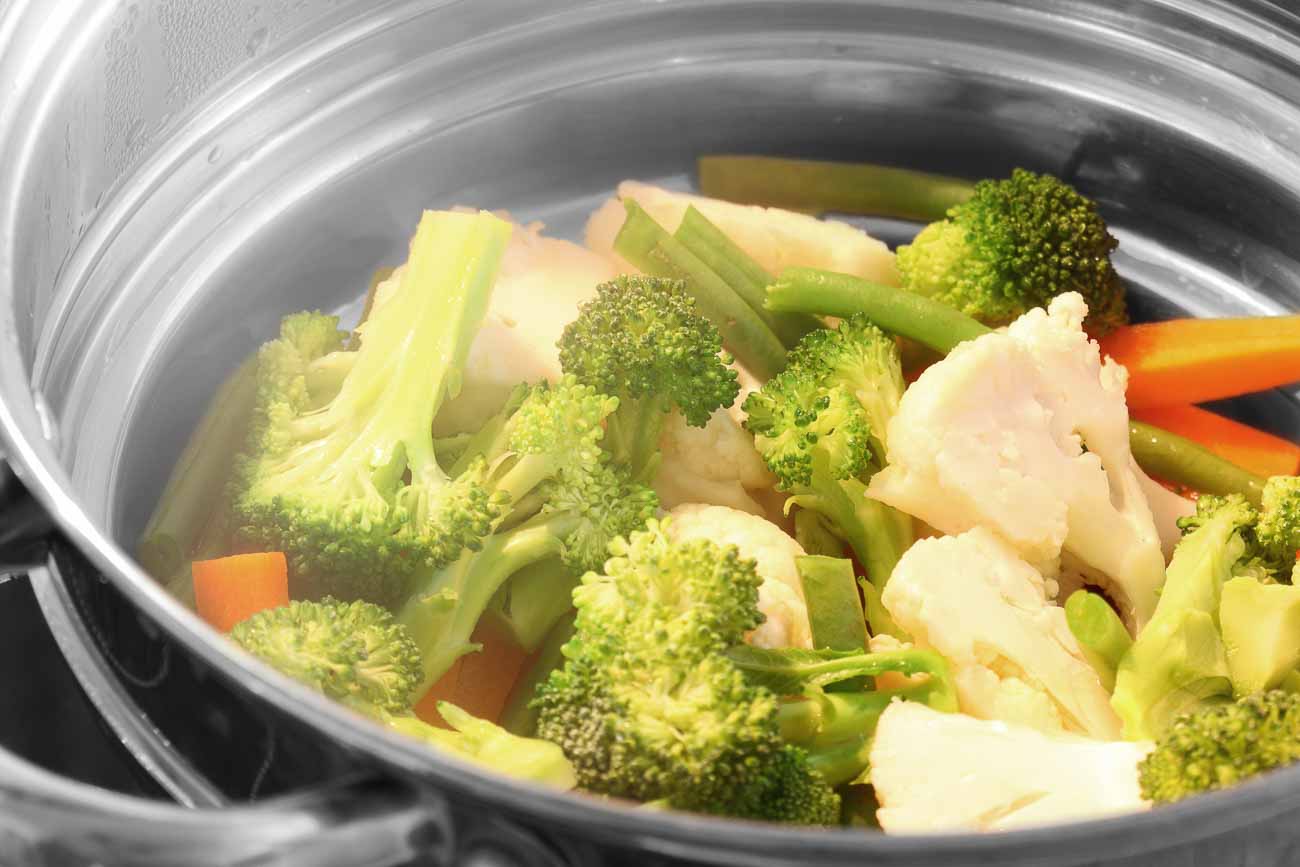
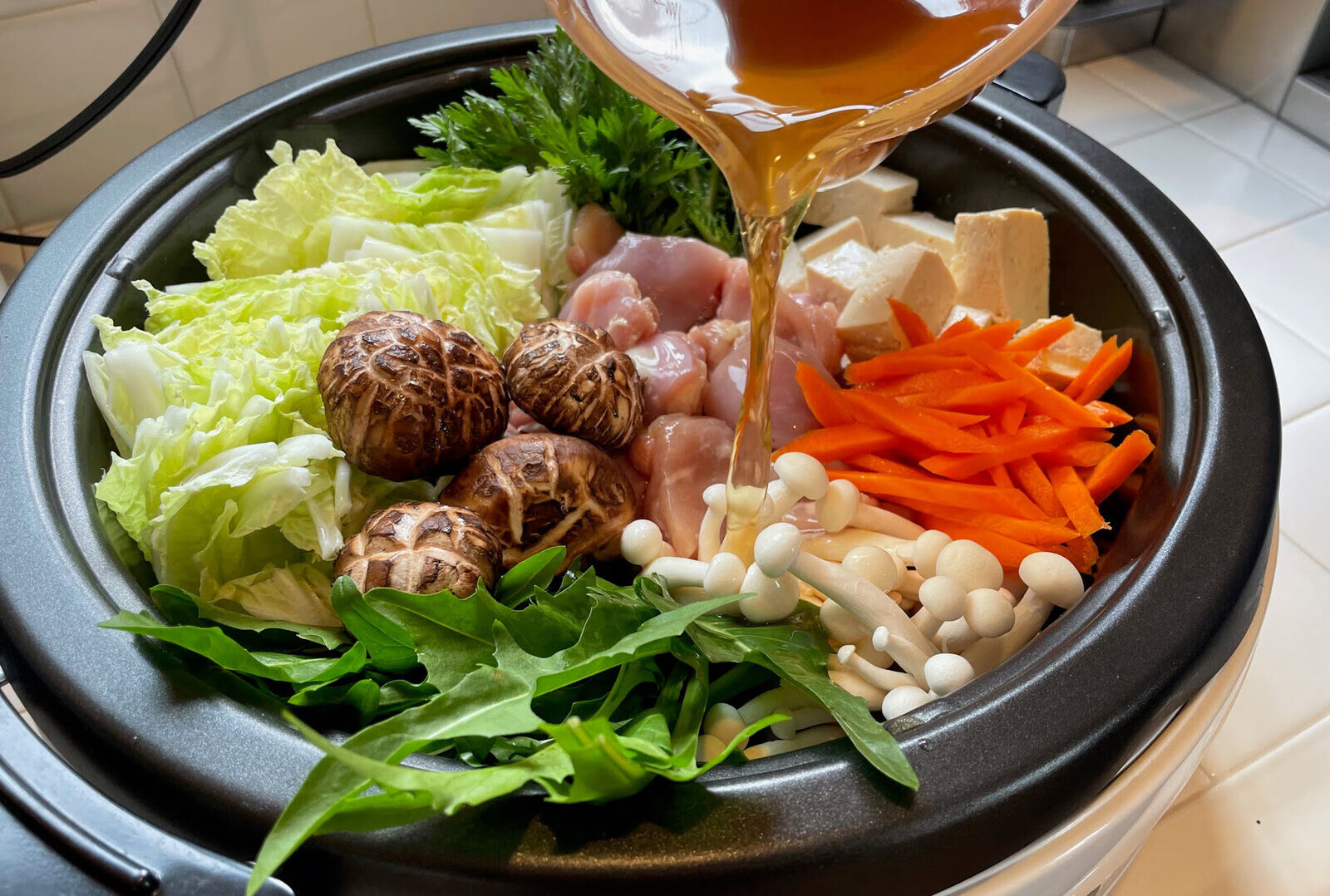
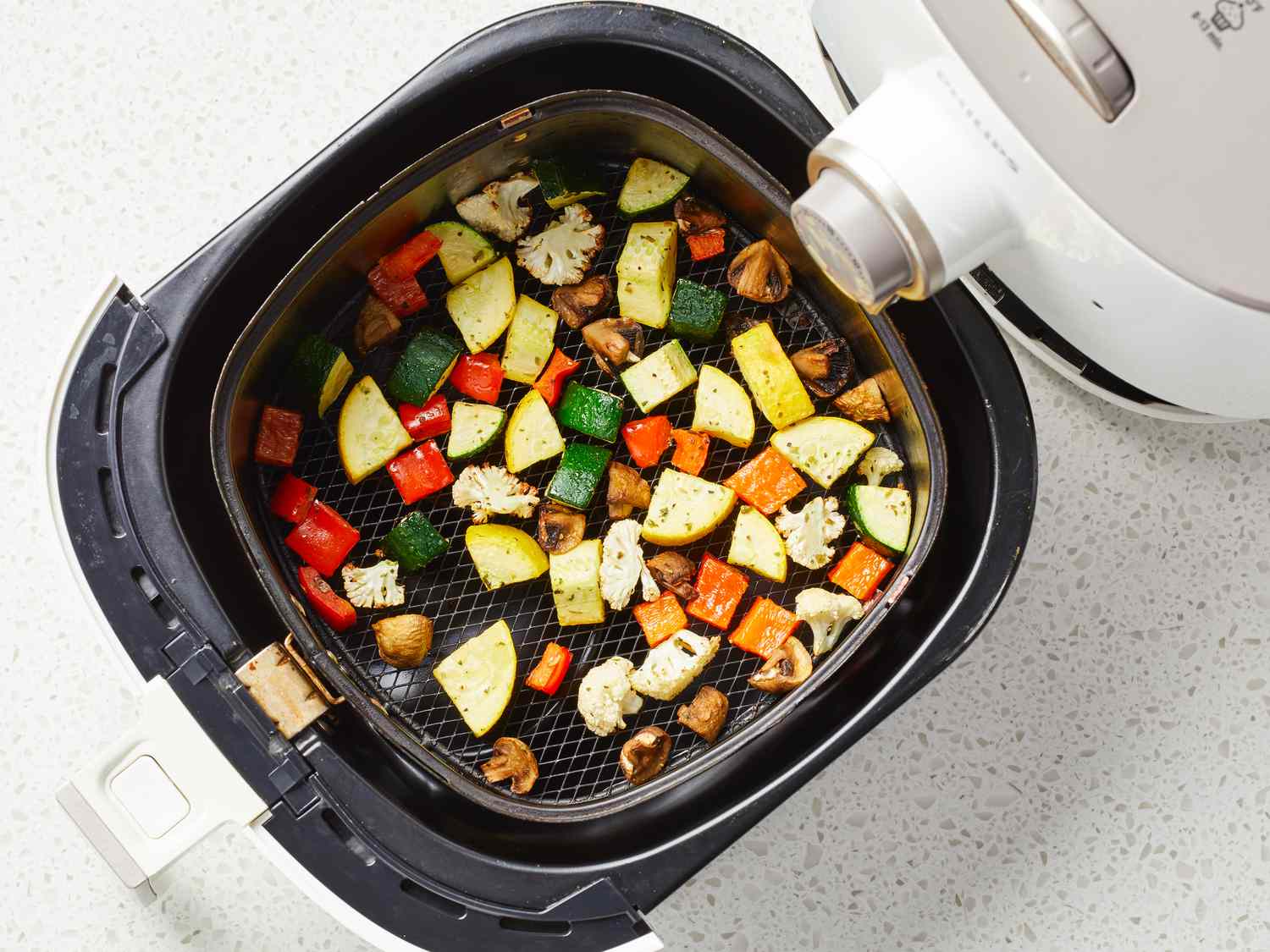
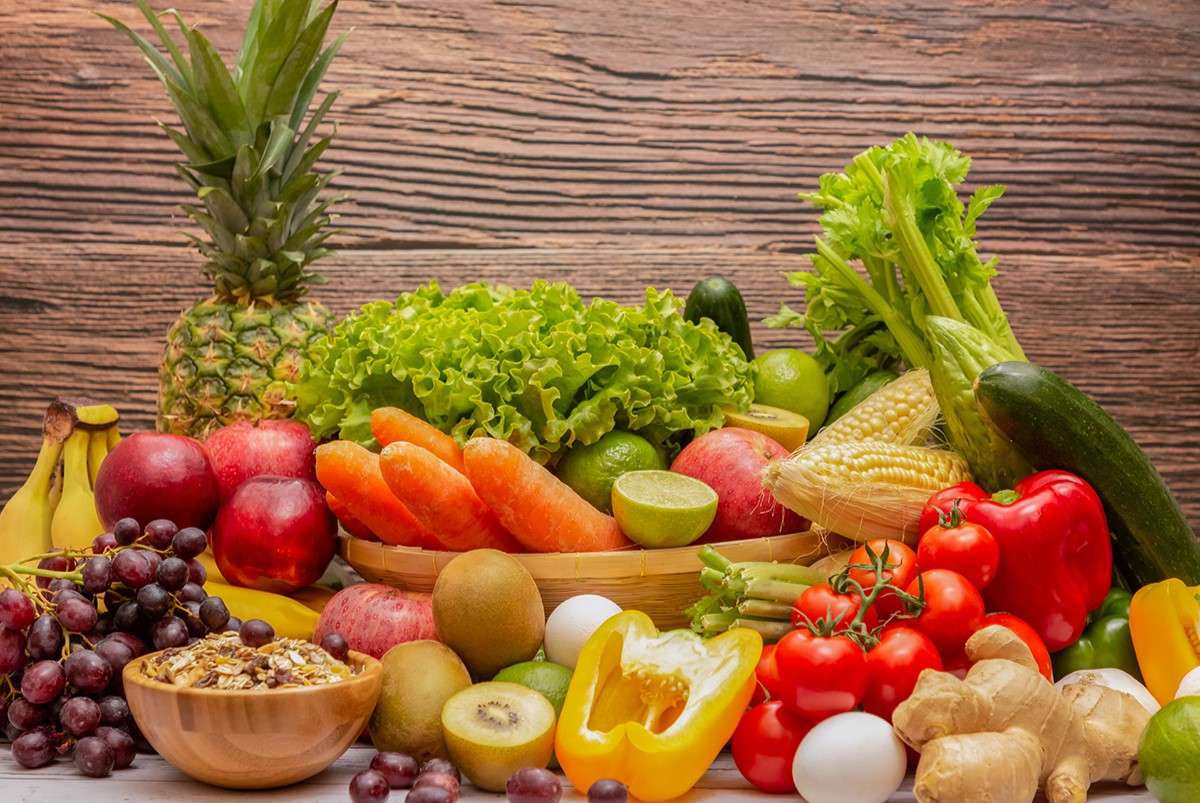
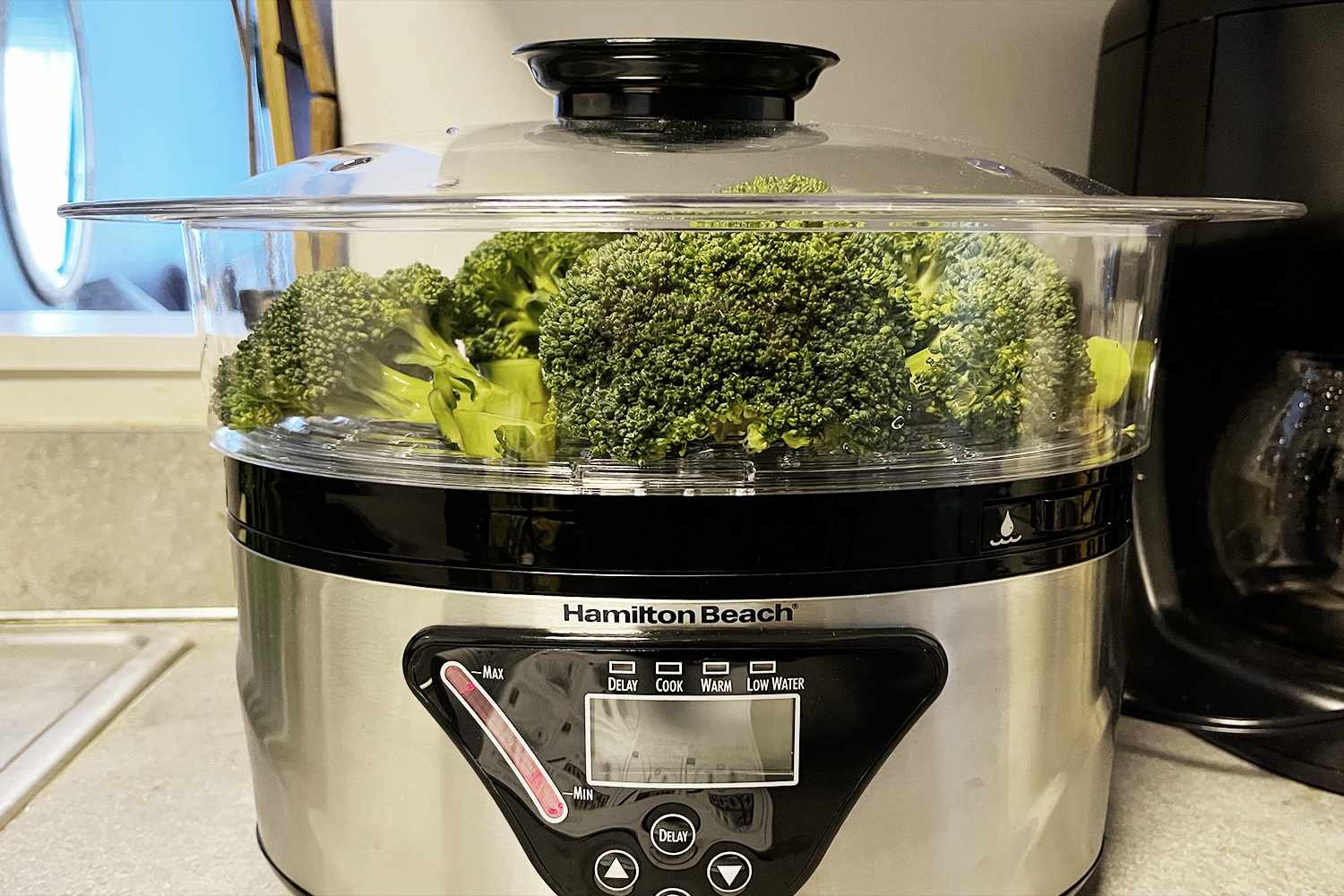
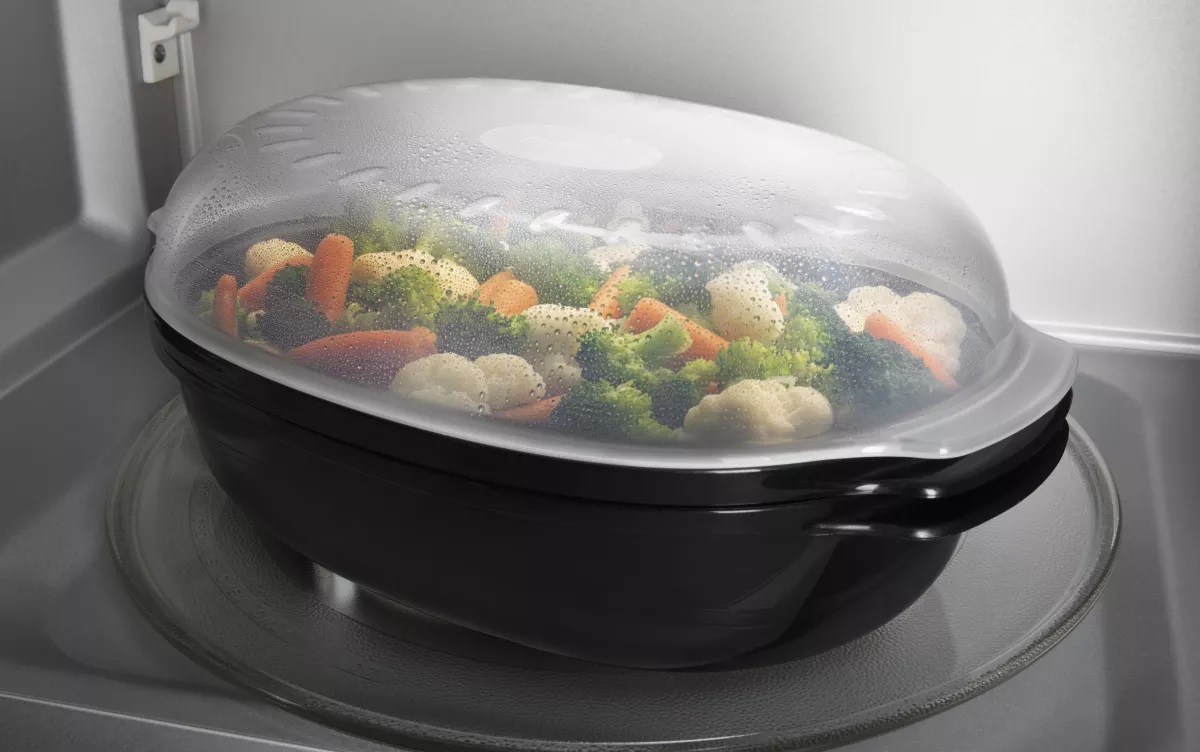

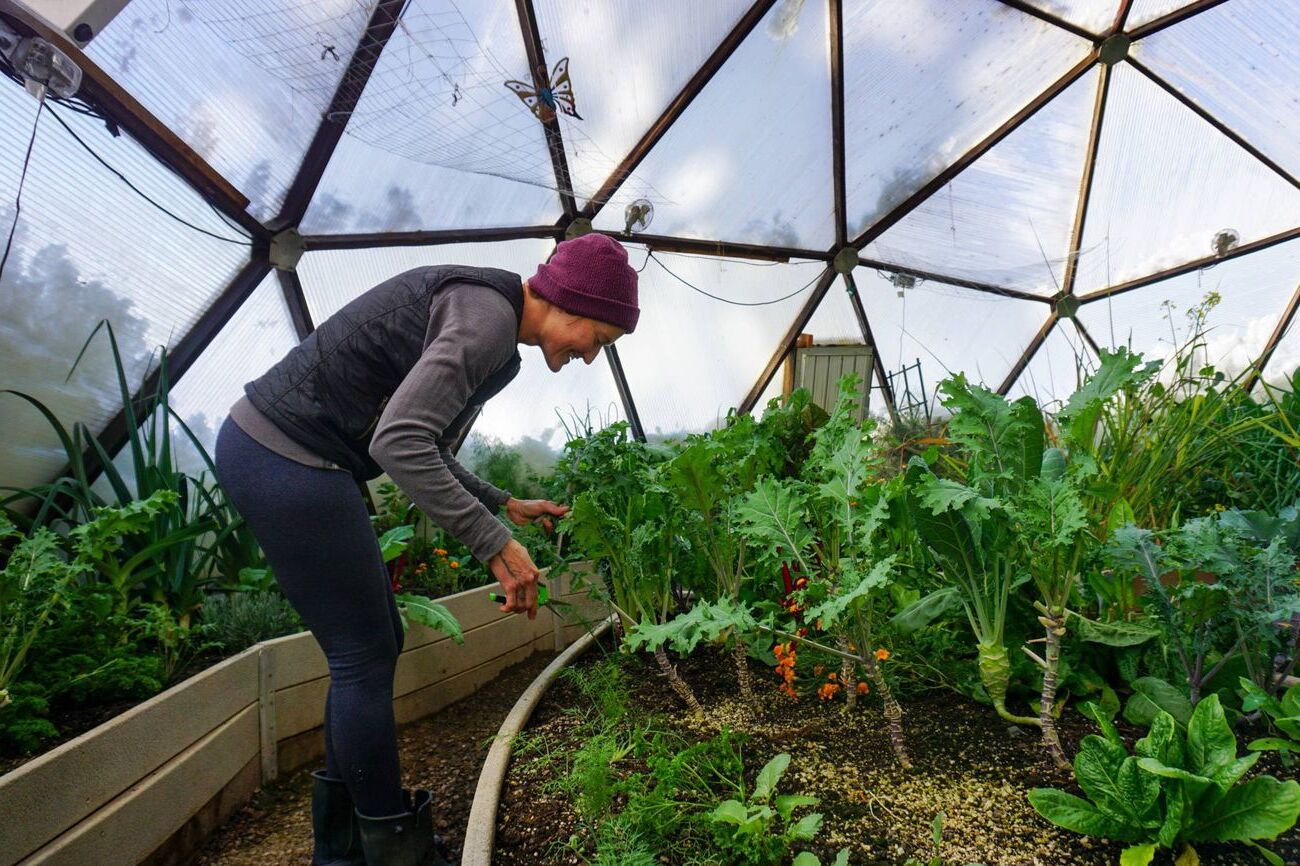

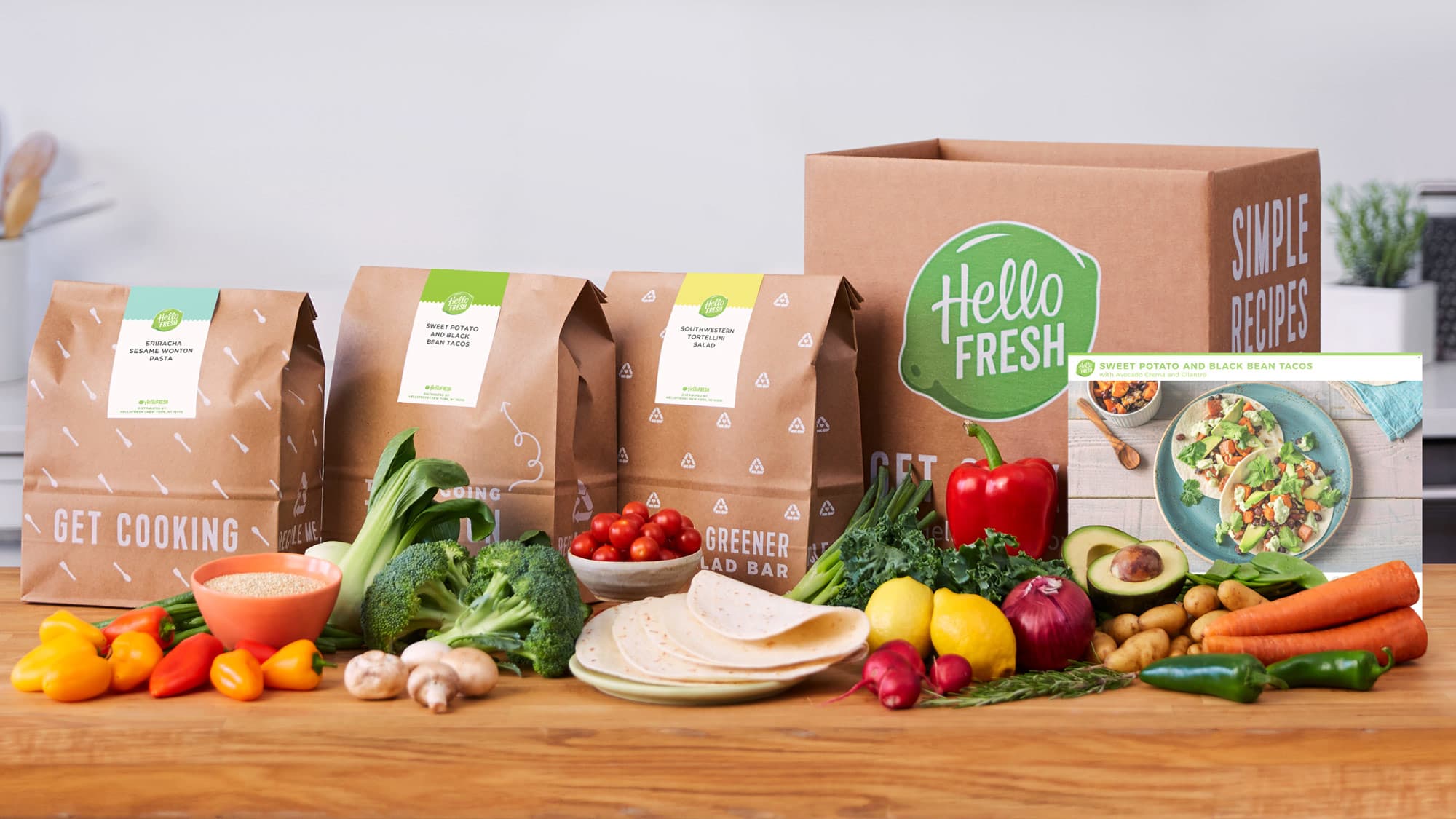
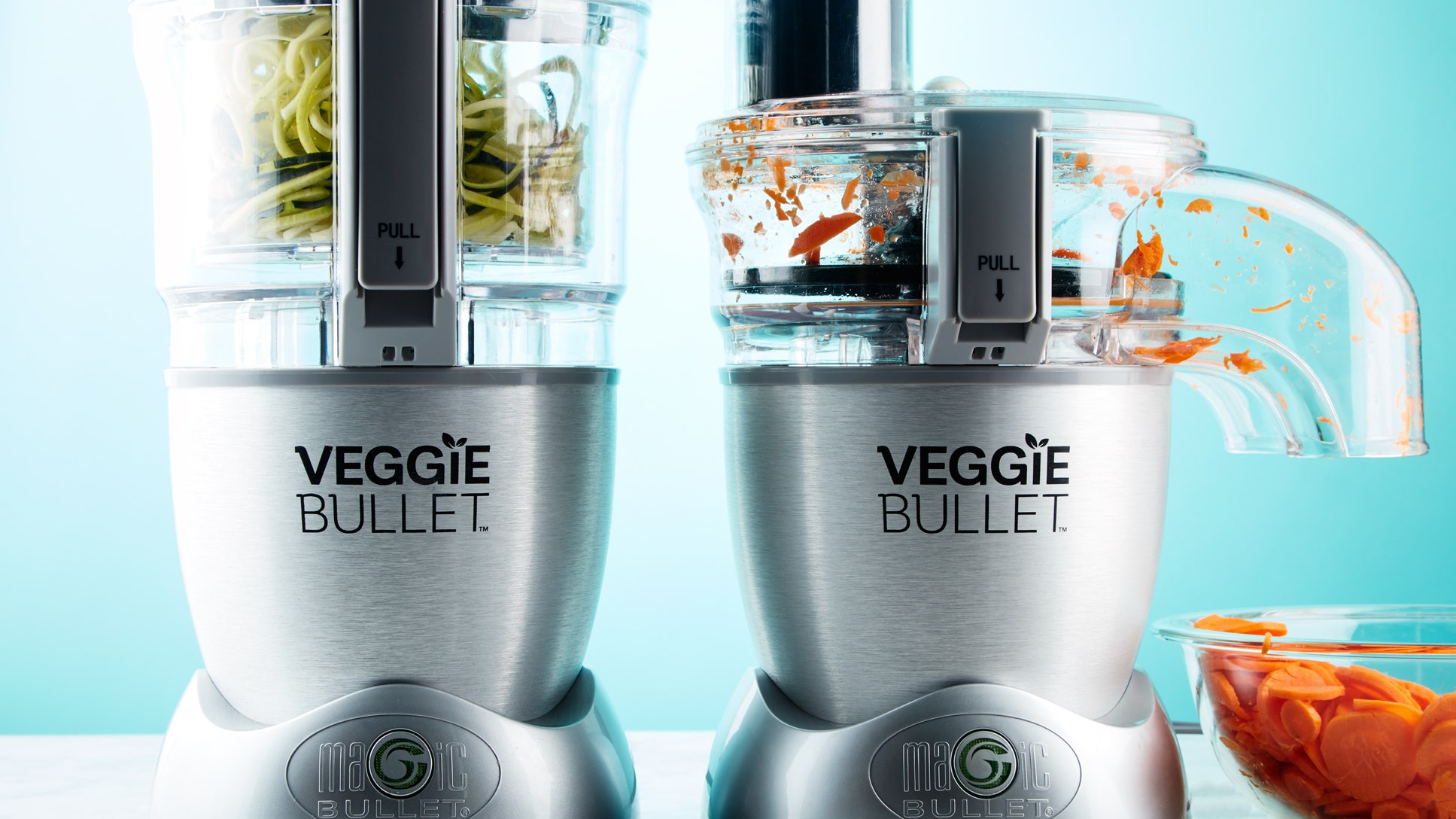
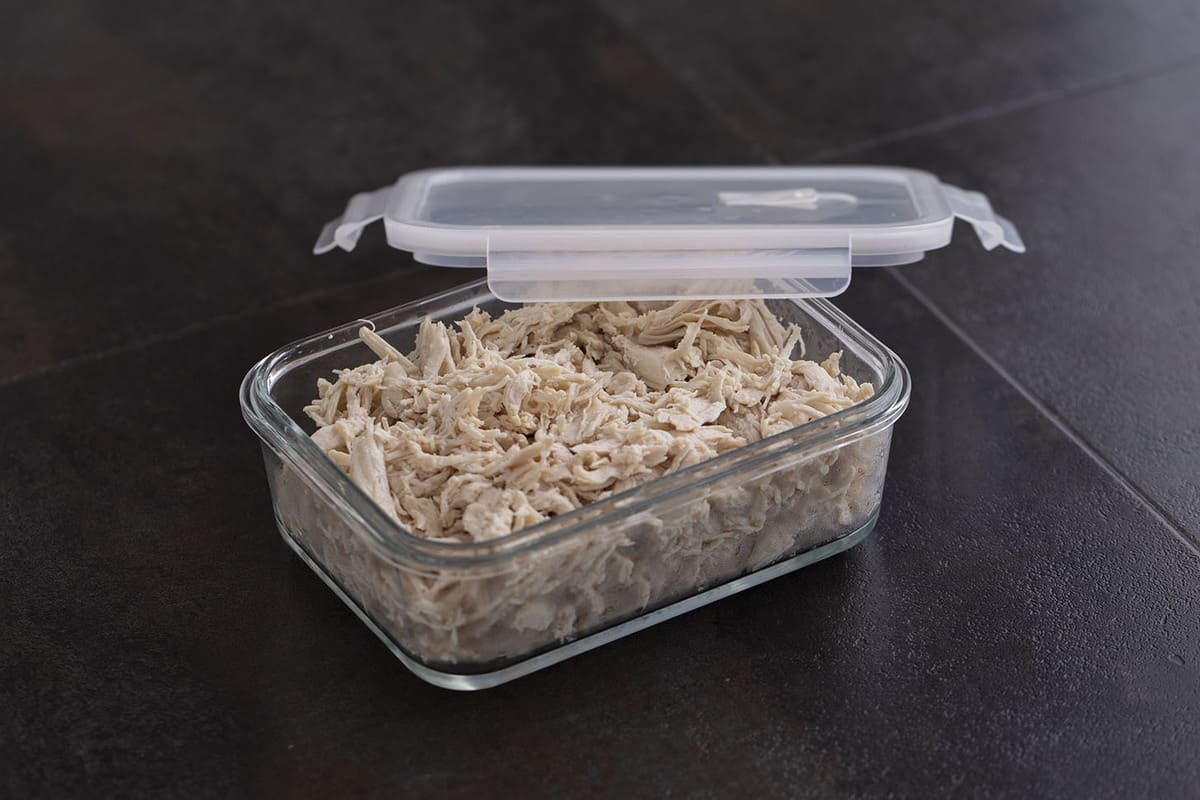


0 thoughts on “How To Store Prepped Veggies”